
Versailles: The Epitome of French Grandeur
Discover the grandeur of Versailles, a city steeped in royal history and French elegance, just a short trip from Paris. Explore its iconic palace, charming streets, and lush gardens.
Versailles, located just a short distance from Paris, is a city that embodies the splendor of French history and culture. The city is best known for the majestic Palace of Versailles, a UNESCO World Heritage site that was once the royal residence of Louis XIV. The palace itself is a marvel of architecture, adorned with intricate details, opulent rooms, and the famous Hall of Mirrors, where the Treaty of Versailles was signed to end World War I. The expansive gardens, with their perfectly manicured lawns, fountains, and statues, offer a tranquil escape and a glimpse into the lavish lifestyle of the French monarchy. Beyond the palace, Versailles offers a charming old town with cobblestone streets, bustling markets, and quaint cafés that serve delicious French pastries. The city is also home to the Royal Opera, one of the most beautiful theaters in Europe, and the Grand Trianon and Petit Trianon, smaller palaces that provided a more intimate setting for the royals. Whether you're a history buff, a culture enthusiast, or simply looking to relax in a picturesque setting, Versailles has something to offer. For those interested in exploring more of French history, the city also hosts the Musée Lambinet, a museum that provides a deep dive into the local heritage. Additionally, the lively Notre-Dame Market is a must-visit for food lovers, offering a variety of fresh produce, cheeses, and other gourmet delights. With its rich history, stunning architecture, and vibrant local life, Versailles is a destination that promises an unforgettable experience.
Local tips in Versailles
- Visit early in the morning or late in the afternoon to avoid large crowds at the Palace of Versailles.
- Consider purchasing a combined ticket for the palace, gardens, and Trianon palaces to save money and time.
- Wear comfortable shoes; the palace grounds and gardens are extensive and require a lot of walking.
- Don't miss the musical fountain shows in the gardens, especially during the summer months.
- Explore the local markets such as Notre-Dame Market for fresh produce and authentic French delicacies.
- Take advantage of guided tours to gain deeper insights into the history and significance of the palace and its inhabitants.
Neighbourhoods in Versailles
Versailles: The Epitome of French Grandeur
Versailles, located just a short distance from Paris, is a city that embodies the splendor of French history and culture. The city is best known for the majestic Palace of Versailles, a UNESCO World Heritage site that was once the royal residence of Louis XIV. The palace itself is a marvel of architecture, adorned with intricate details, opulent rooms, and the famous Hall of Mirrors, where the Treaty of Versailles was signed to end World War I. The expansive gardens, with their perfectly manicured lawns, fountains, and statues, offer a tranquil escape and a glimpse into the lavish lifestyle of the French monarchy. Beyond the palace, Versailles offers a charming old town with cobblestone streets, bustling markets, and quaint cafés that serve delicious French pastries. The city is also home to the Royal Opera, one of the most beautiful theaters in Europe, and the Grand Trianon and Petit Trianon, smaller palaces that provided a more intimate setting for the royals. Whether you're a history buff, a culture enthusiast, or simply looking to relax in a picturesque setting, Versailles has something to offer. For those interested in exploring more of French history, the city also hosts the Musée Lambinet, a museum that provides a deep dive into the local heritage. Additionally, the lively Notre-Dame Market is a must-visit for food lovers, offering a variety of fresh produce, cheeses, and other gourmet delights. With its rich history, stunning architecture, and vibrant local life, Versailles is a destination that promises an unforgettable experience.
When is the best time to go to Versailles?
Iconic landmarks you can’t miss
Palace of Versailles
Explore the magnificent Palace of Versailles, a historic castle and museum boasting stunning architecture and beautiful gardens in France.
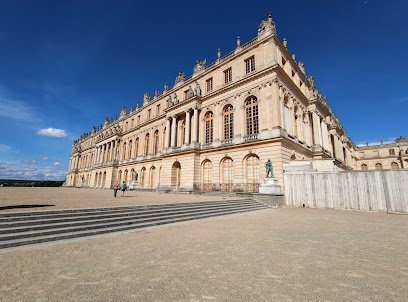
Gardens of Versailles
Experience the exquisite beauty of the Gardens of Versailles, a UNESCO World Heritage site featuring stunning fountains, sculptures, and breathtaking floral designs.
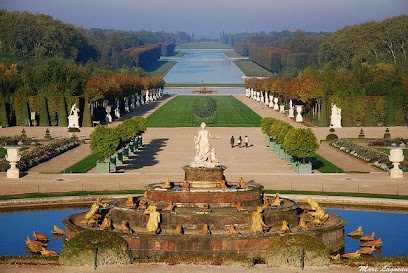
Grand Trianon
Experience the opulent history and breathtaking architecture of Grand Trianon, a jewel of Versailles that enchants every visitor.
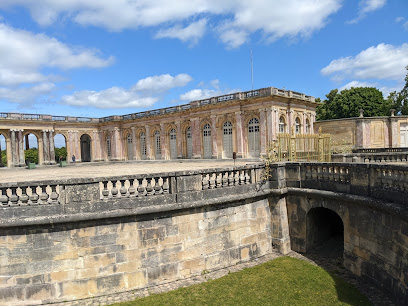
Queen’s Hamlet
Explore the enchanting Queen's Hamlet in Versailles, where history, beauty, and tranquility intertwine in a royal escape.
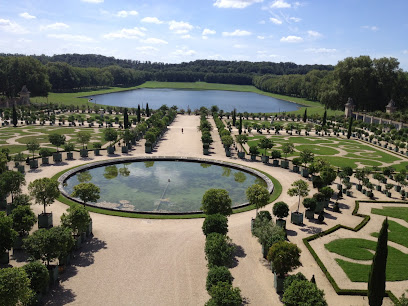
Versailles Cathedral
Discover the grandeur of Versailles Cathedral, an architectural masterpiece that embodies the historical and spiritual essence of France.
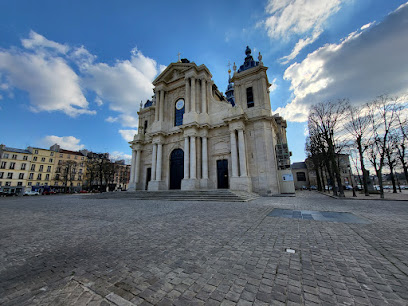
Madame Élisabeth's Estate
Discover the serene gardens and historical charm of Madame Élisabeth's Estate in Versailles, a perfect blend of nature and royal history.

Hall of Mirrors
Explore the opulent Hall of Mirrors at the Palace of Versailles, a dazzling testament to France's royal history and architectural grandeur.
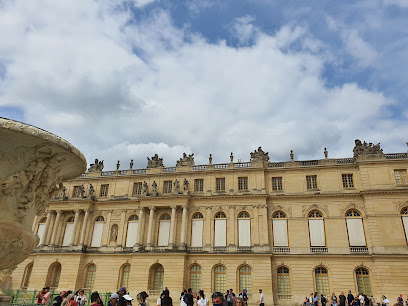
Royal Chapel
Experience the breathtaking beauty and historical significance of the Royal Chapel in the heart of Versailles, a masterpiece of Baroque architecture.
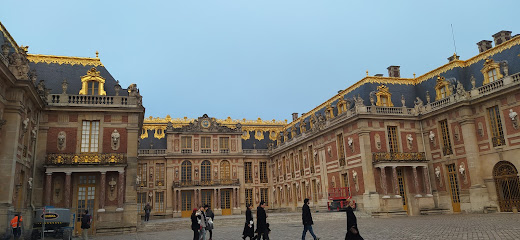
Obelisk Grove
Discover tranquility at Obelisk Grove, a hidden gem in the Château de Versailles, where nature's beauty meets historical elegance in perfect harmony.
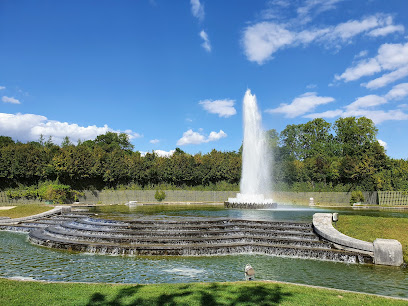
Bassin du Miroir
Explore the serene beauty of Bassin du Miroir, an enchanting garden in Versailles, where nature and history converge in stunning reflections.

Temple of Love
Discover the romantic allure of the Temple of Love in Versailles, a beautiful cultural landmark surrounded by stunning gardens and rich history.

Statue et Place Hoche
Explore the enchanting Statue et Place Hoche, a historical gem in Versailles surrounded by stunning architecture and rich cultural heritage.

Latona Stairs
Experience the breathtaking Latona Stairs at Domaine de Versailles, a stunning monument showcasing the beauty of French Baroque architecture.

Square des Francine
Explore the serene beauty and historical charm of Square des Francine, a must-visit garden in the heart of Versailles.

Dragon Pool
Experience the serenity of the Dragon Pool, a stunning fountain in the gardens of Versailles, blending history with natural beauty.
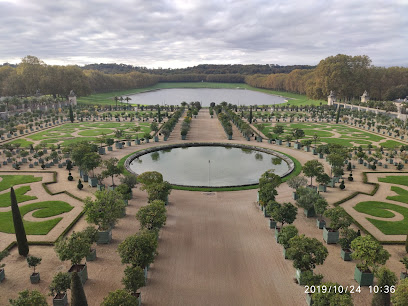
Unmissable attractions to see
Eiffel Tower
Experience the breathtaking views and rich history of the Eiffel Tower, a must-visit historical landmark and monument in the heart of Paris.
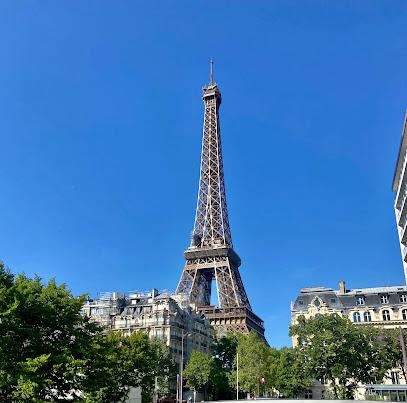
Louvre Museum
Discover the treasures of art and history at the iconic Louvre Museum in Paris, home to masterpieces that have shaped culture and civilization.

Disneyland Paris
Discover the magic of Disneyland Paris, where enchanting experiences and thrilling adventures create unforgettable memories for the whole family.
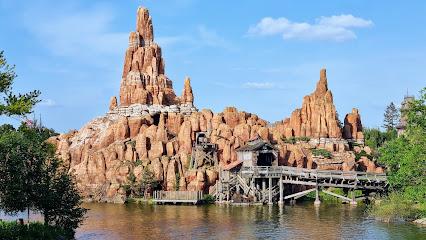
Champ de Mars
Discover the charm of Champ de Mars, a lush park in Paris offering stunning views of the Eiffel Tower and a perfect spot for relaxation and picnics.
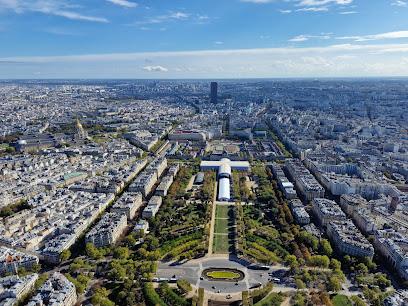
Palace of Versailles
Explore the opulent Palace of Versailles, a UNESCO World Heritage site, where French royalty's rich history and stunning gardens await.
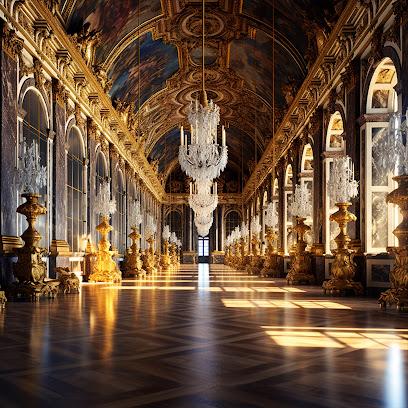
Basilique du Sacré-Cœur de Montmartre
Discover the Basilica of Sacré-Cœur, a stunning architectural gem in Montmartre, offering breathtaking views and a serene atmosphere in the heart of Paris.
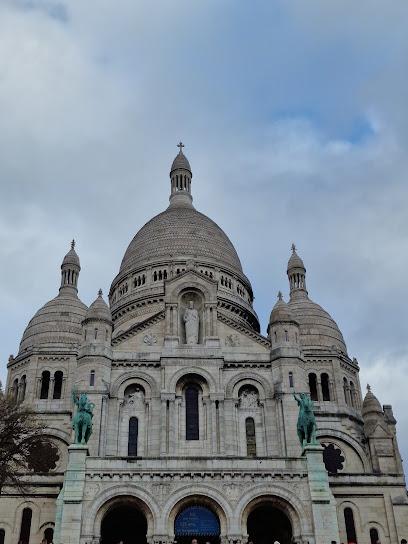
Trocadero gardens
Discover the serene beauty of the Trocadéro Gardens, offering stunning views of the Eiffel Tower and a tranquil retreat in the heart of Paris.
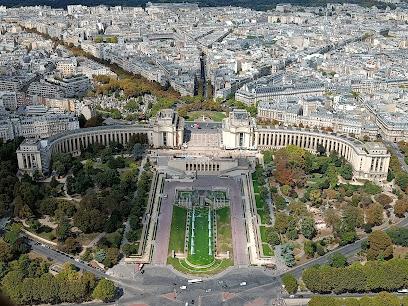
Jardin du Luxembourg
Discover the enchanting beauty of Jardin du Luxembourg, a serene garden in the heart of Paris, perfect for relaxation and leisurely strolls.
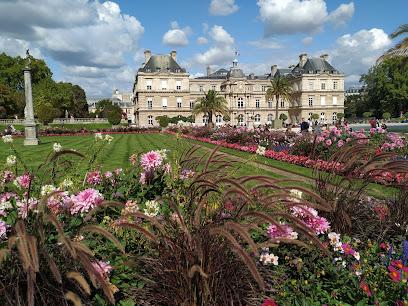
Tuileries Garden
Explore the enchanting Tuileries Garden, a lush green paradise in Paris, perfect for leisurely strolls and soaking in the city's art and culture.

Musée d'Orsay
Explore the Musée d'Orsay, Paris' premier art museum showcasing masterpieces from the Impressionist and Post-Impressionist eras in a stunning former railway station.
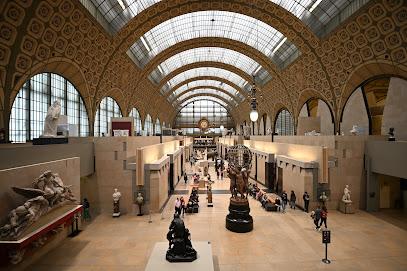
Louvre Pyramid
Discover the stunning Louvre Pyramid, an architectural marvel and gateway to world-class art in the heart of Paris.
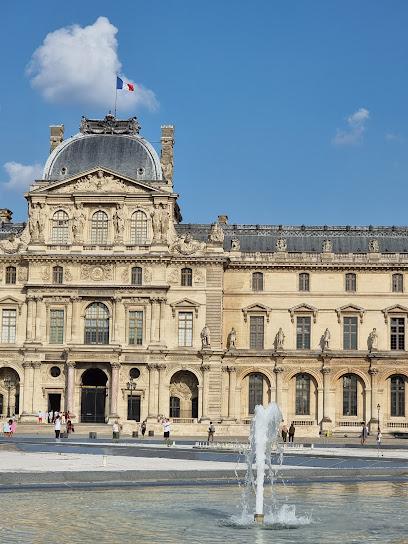
Parc Walt Disney Studios
Dive into the enchanting world of film and magic at Parc Walt Disney Studios, a must-visit theme park in Chessy, France, perfect for all ages.
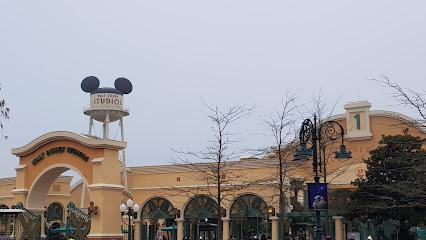
Parc Asterix
Experience the thrill of Parc Astérix, a premier theme park near Paris, filled with exhilarating rides, live performances, and French cultural charm.
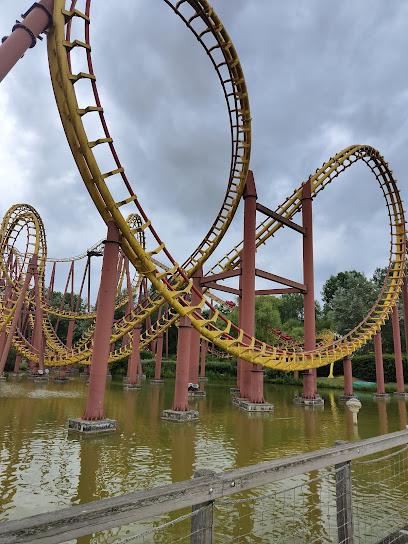
La Villette
Experience the cultural richness and natural beauty of La Villette, a vibrant park in Paris featuring art, science, and entertainment.
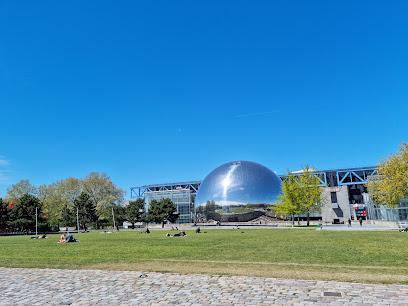
Cathédrale Notre-Dame de Paris
Discover the breathtaking Notre-Dame Cathedral, a masterpiece of Gothic architecture and a symbol of Paris's rich history and culture.
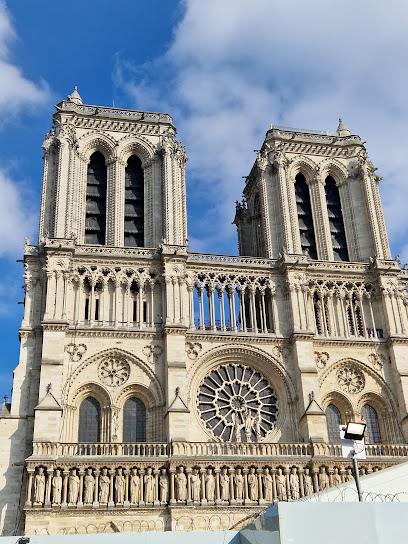
Essential places to dine
La Flottille
Discover La Flottille in Versailles: where exquisite French cuisine meets stunning garden views amidst historic splendor.
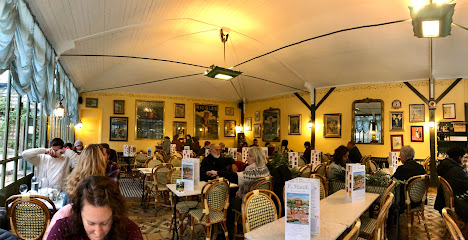
Papa Poules
Experience authentic French cuisine at Papa Poules in Versailles—where tradition meets flavor in an inviting setting.
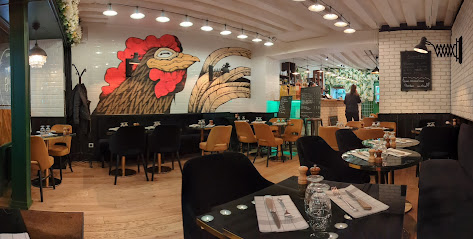
La Place
Experience exquisite French cuisine at La Place in Versailles – where tradition meets modern culinary artistry.
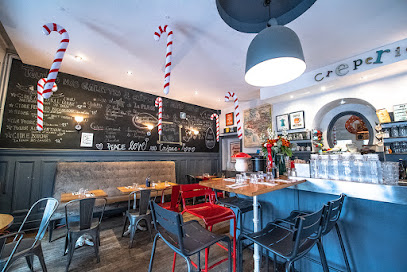
Le Petit Bouillon Versailles
Discover authentic French cuisine at Le Petit Bouillon Versailles, where tradition meets flavor in a charming setting.

O'Bottega Versailles
Experience authentic Italian cuisine at O'Bottega in Versailles—where traditional flavors meet modern dining.

Chez Lazare
Discover Chez Lazare: A delightful fusion of traditional French cuisine and barbecue delights in the heart of historic Versailles.

Le Limousin
Discover authentic French dining at Le Limousin in Versailles, where traditional cuisine meets modern elegance.

Le Pincemin
Experience exquisite Haute French cuisine at Le Pincemin in Versailles - where culinary artistry meets elegant dining.
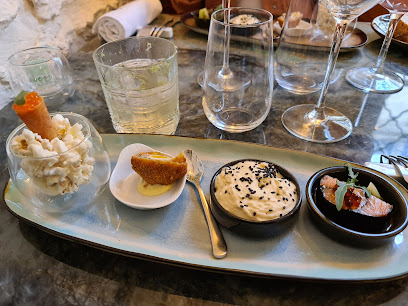
Lucette
Savor exquisite French cuisine at Lucette in Versailles - where culinary tradition meets modern elegance.
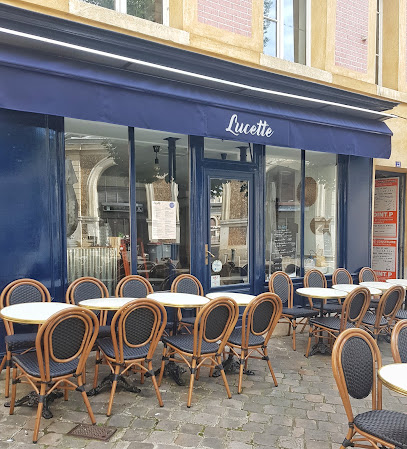
Le Bœuf à la Mode
Experience authentic French cuisine at Le Bœuf à la Mode in Versailles - a traditional restaurant serving delightful dishes in a charming bistro setting.

AZULI
Savor exquisite Mediterranean cuisine at AZULI in Versailles – where every meal is a celebration of flavor and tradition.
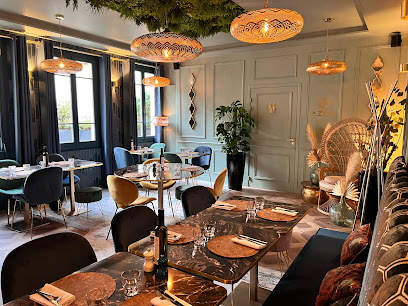
Ore - Ducasse au château de Versailles
Experience exquisite French cuisine amidst the grandeur of Château de Versailles at Ore - Ducasse.

Les Crêpes à Tonton
Experience authentic French cuisine at Les Crêpes à Tonton in Versailles – where every bite is a taste of tradition!

La Salamandre
Experience authentic French cuisine at La Salamandre in Versailles – where tradition meets elegance in every dish.

La Petite Venise
Discover La Petite Venise: A delightful restaurant in Versailles offering exquisite French and Italian cuisine amidst stunning gardens.
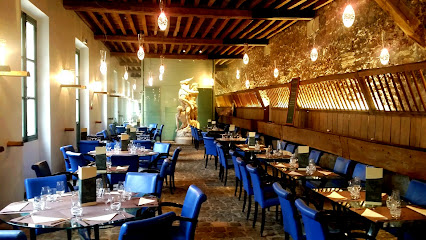
Markets, malls and hidden boutiques
Bouchara Versailles
Explore the elegance of French home goods at Bouchara Versailles, offering exquisite linens and decor in a charming setting.
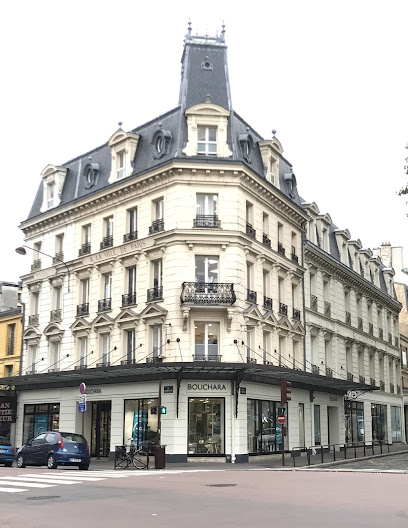
Les Fous du Roy
Explore Les Fous du Roy in Versailles, a gaming haven offering a rich selection of board games, card games, and engaging community events.
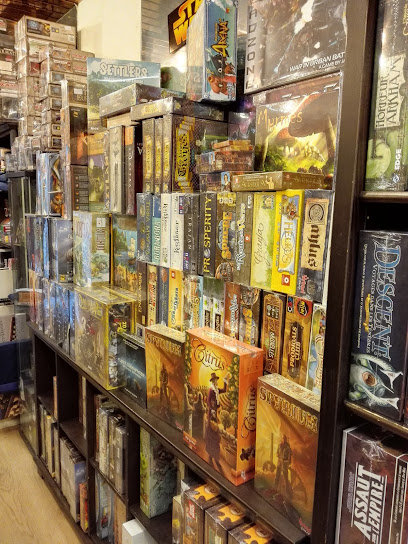
Manga story Versailles
Discover the enchanting world of anime and collectibles at Manga Story Versailles - a must-visit hub for fans in the heart of France.
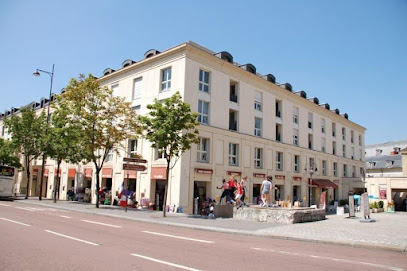
La cour des senteurs
Discover the enchanting La Cour des Senteurs in Versailles, your destination for exquisite fragrances, artisanal crafts, and unique souvenirs.

STATE OF MIND
Discover a charming gift shop in Versailles that offers exquisite perfumes, unique gifts, and a serene tea house experience for all visitors.
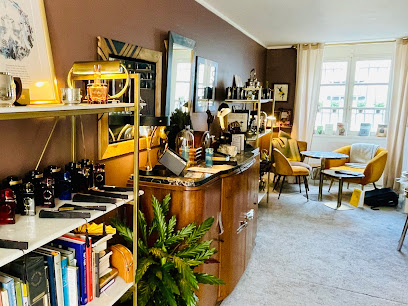
Nature & Découvertes
Explore Nature & Découvertes in Versailles for unique gifts and eco-friendly treasures inspired by the beauty of the natural world.
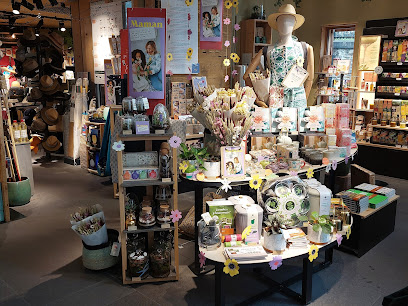
Galerie les manèges
Discover the charm and diversity of shopping at Galerie les manèges in Versailles, where local culture meets a unique shopping experience.
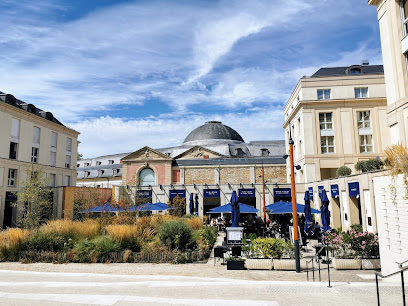
Stores de France
Transform your living space with exquisite window treatments from Stores de France, located in the historic city of Versailles.
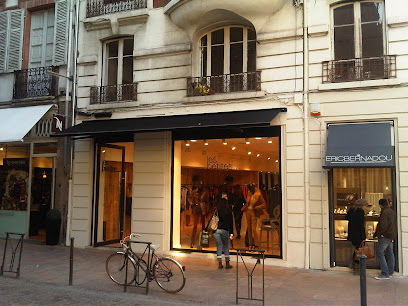
Ladurée
Experience the sweetness of French pastry culture at Ladurée in Versailles, where elegance meets exquisite flavors in every delightful bite.

La Route du Thé à Versailles
Explore a delightful selection of premium teas and accessories at La Route du Thé, an enchanting tea store in the heart of Versailles.
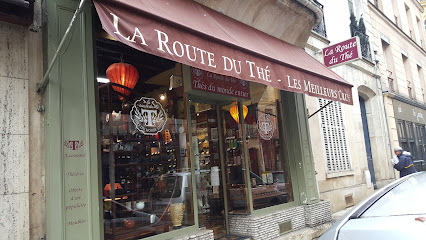
Maison La Varenne
Discover the sweet charm of Maison La Varenne, a patisserie in Versailles offering a delicious taste of French pastry artistry.
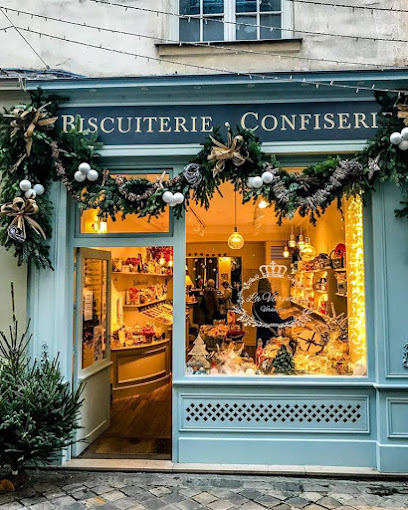
Promod
Discover contemporary fashion at Promod in Versailles, where style meets elegance in a charming shopping experience.
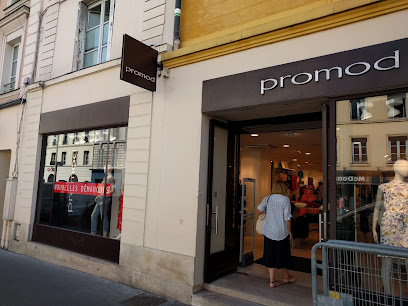
Aaatchoum
Explore Aaatchoum in Versailles for a magical selection of toys, games, and models, perfect for all ages and interests.
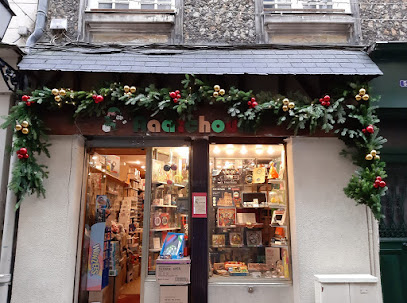
Les Caves du Château
Explore Les Caves du Château in Versailles, where exquisite French wines await to delight your senses and enhance your culinary adventures.

Curiously Timeless
Explore Curiously Timeless, a premier jewelry store offering exquisite pieces and unique artisanal finds that capture the essence of your travels.
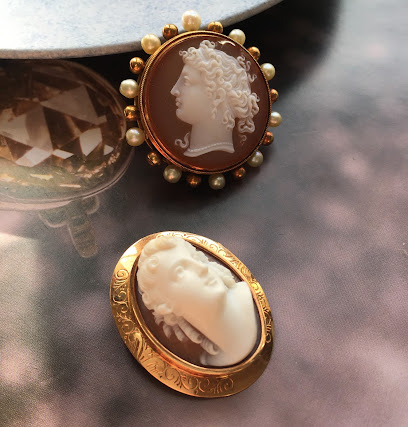
Essential bars & hidden hideouts
Le Montbauron
Experience the vibrant atmosphere of Le Montbauron, a must-visit bar and restaurant in Versailles offering delightful cuisine and a wide range of beverages.
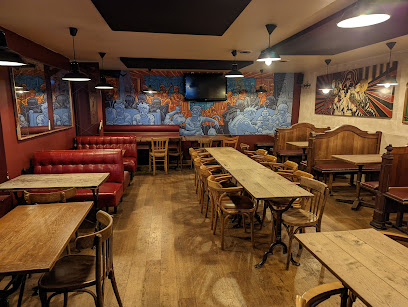
O'Paris
Discover the lively atmosphere of O'Paris in Versailles, where great drinks and unforgettable experiences await in a welcoming pub setting.
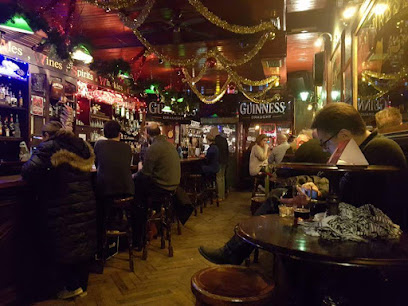
Helio's
Discover Helio's in Versailles: A delightful bar and restaurant offering delicious pizzas and a cozy atmosphere for a perfect dining experience.

Le Baradoz
Experience the vibrant nightlife at Le Baradoz in Versailles, where local flavors meet a lively atmosphere, perfect for unwinding after a day of exploration.

La Pirogue
Experience the vibrant nightlife of Versailles at La Pirogue, a cocktail bar blending creative drinks with a welcoming ambiance.
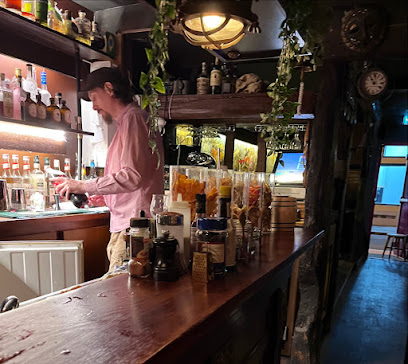
The Coup d'Etat
Experience the culinary delights of The Coup d'Etat, a French grill restaurant in Versailles, offering gourmet burgers and traditional dishes.
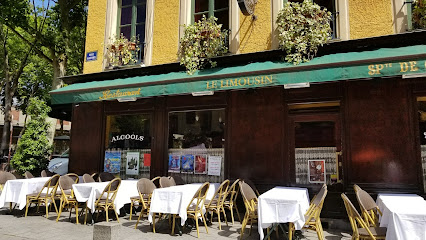
No Water - Bar à vins
Discover the charm of No Water, a cozy wine bar in Versailles offering exquisite wines, craft beers, and delicious tapas in a welcoming atmosphere.

Les Badauds
Experience the vibrant nightlife of Versailles at Les Badauds, where delicious drinks meet a lively atmosphere.

L'Equilibre - Bar à vins et Tapas
Discover the charm of L'Equilibre, a premier wine bar in Versailles, perfect for unwinding with exquisite wines and delicious tapas.
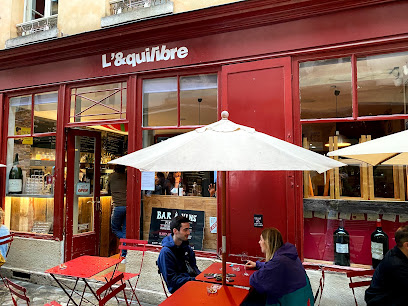
Dorian's pub
Experience the vibrant atmosphere of Dorian's Pub in Versailles, where local culture meets delightful drinks and delicious food.
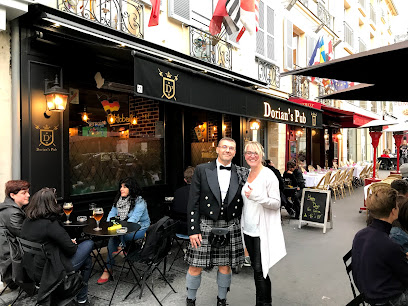
Le Franco Belge
Experience the essence of French cuisine at Le Franco Belge, where traditional meets contemporary in a cozy Versailles setting.
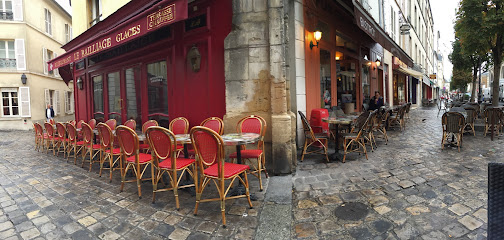
L’ Alto
Experience the vibrant nightlife of Versailles at L’ Alto, where live music and karaoke create unforgettable moments.
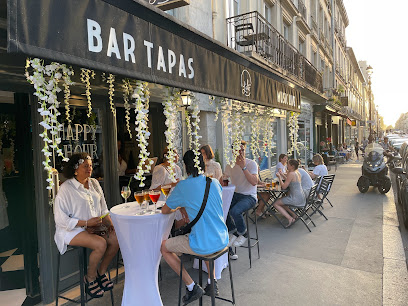
Chez Bichette
Experience the charm of Chez Bichette, a must-visit bar in Versailles offering a delightful ambiance and a fine selection of drinks.

Au Rendez Vous Des Touristes
Discover the charm of Au Rendez Vous Des Touristes, a vibrant bar in Versailles, offering a delightful selection of drinks in a cozy atmosphere.
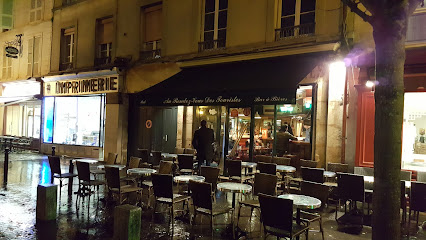
Le loft
Experience the vibrant nightlife of Versailles at Le Loft, where beer, wine, and tapas come together in a lively atmosphere.

Local Phrases
-
- HelloBonjour
[bohn-zhoor] - GoodbyeAu revoir
[oh ruh-vwahr] - YesOui
[wee] - NoNon
[nohn] - Please/You're welcomeS'il vous plaît/De rien
[seel voo pleh/duh ryehn] - Thank youMerci
[mehr-see] - Excuse me/SorryExcusez-moi/Désolé
[ehk-skew-zay mwa/deh-soh-lay] - How are you?Comment ça va?
[koh-mohn sah vah?] - Fine. And you?Bien. Et vous?
[byehn. ay voo?] - Do you speak English?Parlez-vous anglais?
[par-lay voo ahn-glay?] - I don't understandJe ne comprends pas
[zhuh nuh kohm-prahnd pah]
- HelloBonjour
-
- I'd like to see the menu, pleaseJe voudrais voir la carte, s'il vous plaît
[zhuh voo-dray vwahr lah kart, seel voo pleh] - I don't eat meatJe ne mange pas de viande
[zhuh nuh mahnzh pah duh vyand] - Cheers!Santé!
[sahn-tay] - I would like to pay, pleaseJe voudrais payer, s'il vous plaît
[zhuh voo-dray pay-ay, seel voo pleh]
- I'd like to see the menu, pleaseJe voudrais voir la carte, s'il vous plaît
-
- Help!Au secours!
[oh suh-coor] - Go away!Allez-vous en!
[ah-lay vooz ahn] - Call the Police!Appelez la police!
[ah-play lah poh-lees] - Call a doctor!Appelez un médecin!
[ah-play uh may-dsahn] - I'm lostJe suis perdu
[zhuh swee pair-doo] - I'm illJe suis malade
[zhuh swee mah-lahd]
- Help!Au secours!
-
- I'd like to buy...Je voudrais acheter...
[zhuh voo-dray zah-shay...] - I'm just lookingJe regarde juste
[zhuh ruh-gahrd zhewst] - How much is it?Combien ça coûte?
[kohm-byen sah koot?] - That's too expensiveC'est trop cher
[say troh shair] - Can you lower the price?Pouvez-vous baisser le prix?
[poo-vay voo beh-say luh pree?]
- I'd like to buy...Je voudrais acheter...
-
- What time is it?Quelle heure est-il?
[kell ur ay-teel] - It's one o'clockIl est une heure
[eel ay tun ur] - Half past (10)Dix heures et demie
[deez ur ay dehm-ee] - MorningMatin
[mah-tan] - AfternoonAprès-midi
[ah-pray mee-dee] - EveningSoir
[swahr] - YesterdayHier
[yehr] - TodayAujourd'hui
[oh-zhoor-dwee] - TomorrowDemain
[duh-mahn] - 1Un
[uhn] - 2Deux
[duh] - 3Trois
[twah] - 4Quatre
[cat-ruh] - 5Cinq
[sank] - 6Six
[sees] - 7Sept
[set] - 8Huit
[wee-eet] - 9Neuf
[nuhf] - 10Dix
[deez]
- What time is it?Quelle heure est-il?
-
- Where's a/the...?Où est un/le...?
[oo ay tun/luh] - What's the address?Quelle est l'adresse?
[kell ay la-dress] - Can you show me (on the map)?Pouvez-vous me montrer (sur la carte)?
[poo-vay voo muh mohn-tray (soor lah kart)] - When's the next (bus)?Quand est le prochain (bus)?
[kahn ay luh proh-shahn (boos)] - A ticket (to ....)Un billet (pour ...)
[uhn bee-yay (poor)]
- Where's a/the...?Où est un/le...?
History of Versailles
-
The history of Versailles dates back to the early 17th century when it was initially a small village. It gained prominence when King Louis XIII ordered the construction of a hunting lodge in 1624. This modest beginning laid the groundwork for what would become one of the most famous palaces in the world.
-
Versailles underwent a massive transformation under the reign of Louis XIV, also known as the Sun King. From 1661 onwards, Louis XIV embarked on an ambitious project to expand the hunting lodge into a grand palace. Renowned architects like Louis Le Vau, Jules Hardouin-Mansart, and landscape designer André Le Nôtre contributed to the creation of the opulent Château de Versailles, which became the seat of political power and a symbol of absolute monarchy.
-
One of the most iconic features of the Palace of Versailles is the Hall of Mirrors (Galerie des Glaces), constructed between 1678 and 1684. This grand hall, designed by Jules Hardouin-Mansart, features 357 mirrors and was used for court ceremonies and events. The Hall of Mirrors also played a significant role in history as the site where the Treaty of Versailles was signed in 1919, ending World War I.
-
The gardens of Versailles, designed by André Le Nôtre, are as famous as the palace itself. Covering nearly 800 hectares, the gardens feature meticulously manicured lawns, grand fountains, and elaborate sculptures. The layout of the gardens reflects the grandeur of the palace and showcases the Baroque style of landscape architecture. The Grand Canal, stretching over 1.5 kilometers, is a central feature where Louis XIV enjoyed boating.
-
The grandeur of Versailles could not shield it from the tides of political change. During the French Revolution in 1789, the palace was stormed by revolutionaries, and King Louis XVI and Queen Marie Antoinette were forced to leave. Versailles ceased to be a royal residence and was largely abandoned. Many of its treasures were looted or sold, marking the end of its era as the epicenter of French royalty.
-
In the 19th century, efforts to restore and preserve the Palace of Versailles began. Under the direction of architect Pierre-François-Léonard Fontaine and later Eugène Viollet-le-Duc, significant restoration work was undertaken. Today, Versailles is a UNESCO World Heritage site and a museum that attracts millions of visitors each year, preserving the legacy of its historical and cultural significance.
-
On June 28, 1919, the Hall of Mirrors at the Palace of Versailles was the setting for the signing of the Treaty of Versailles, which officially ended World War I. The treaty imposed heavy reparations and territorial losses on Germany, and its signing marked a significant moment in world history, reshaping the geopolitical landscape of Europe.
-
Today, Versailles is not only a symbol of French history and culture but also a vibrant city. The palace and its gardens remain a major tourist attraction, drawing visitors from around the globe. In addition to its historical sites, modern-day Versailles offers a blend of cultural experiences, including museums, markets, and festivals that celebrate its rich heritage.
Versailles Essentials
-
Versailles is located approximately 20 kilometers southwest of Paris. The easiest way to reach Versailles is by taking the RER C train from central Paris, which takes about 30-40 minutes. You can also take a regional train from Montparnasse Station to Versailles-Chantiers Station. For those driving, the A13 motorway leads directly to Versailles. Alternatively, various bus services operate between Paris and Versailles.
-
Versailles is a walkable city, especially around the palace and its gardens. For longer distances, the local bus network is comprehensive and taxis are readily available. Biking is also an excellent option, with bike rentals available near the palace. If you plan to explore beyond the immediate vicinity of Versailles, renting a car can be convenient.
-
The official currency in France is the Euro (€). Credit and debit cards are widely accepted in hotels, restaurants, and shops. ATMs are plentiful, particularly around popular tourist areas. It is advisable to carry some cash for smaller purchases or in case you visit more remote areas where card payments might not be accepted.
-
Versailles is generally a safe destination for tourists. However, like any popular tourist area, pickpocketing can be an issue, particularly in crowded areas around the palace and train stations. Avoid dark and poorly lit areas at night and always keep an eye on your belongings. There are no specific high-crime areas targeting tourists, but standard precautions should be taken.
-
In case of emergency, dial 112 for immediate assistance, which is the European emergency number. Versailles has several medical facilities, including pharmacies where you can purchase over-the-counter medications. It is highly recommended to have travel insurance that covers medical emergencies. The local police station is also available for assistance.
-
Fashion: Do dress comfortably but neatly, especially if you plan to visit the palace. Avoid overly casual or revealing clothing. Religion: Do respect local customs and traditions, particularly in religious sites. Public Transport: Do be polite and considerate on public transport. Don't eat or drink on public transport. Greetings: Do greet people with 'Bonjour' (Good day) and a light handshake. Eating & Drinking: Do try local French delicacies and wines. Don't rush through meals; savor the experience.
-
To experience Versailles like a local, visit the market at Place du Marché Notre-Dame for fresh produce and local goods. Take a leisurely stroll or bike ride through the extensive gardens beyond the palace. Explore the lesser-known parts of the estate, such as the Trianon Palaces and Marie Antoinette's Hamlet. Engage with locals in cafes and eateries to learn more about the area's history and culture.
Nearby Cities to Versailles
-
Things To Do in Paris
-
Things To Do in Rouen
-
Things To Do in Amiens
-
Things To Do in Reims
-
Things To Do in Caen
-
Things To Do in Tours
-
Things To Do in Lille
-
Things To Do in Tournai
-
Things To Do in Mons
-
Things To Do in Ypres
-
Things To Do in Kortrijk
-
Things To Do in Angers
-
Things To Do in Dinant
-
Things To Do in Nieuwpoort
-
Things To Do in Namur
















